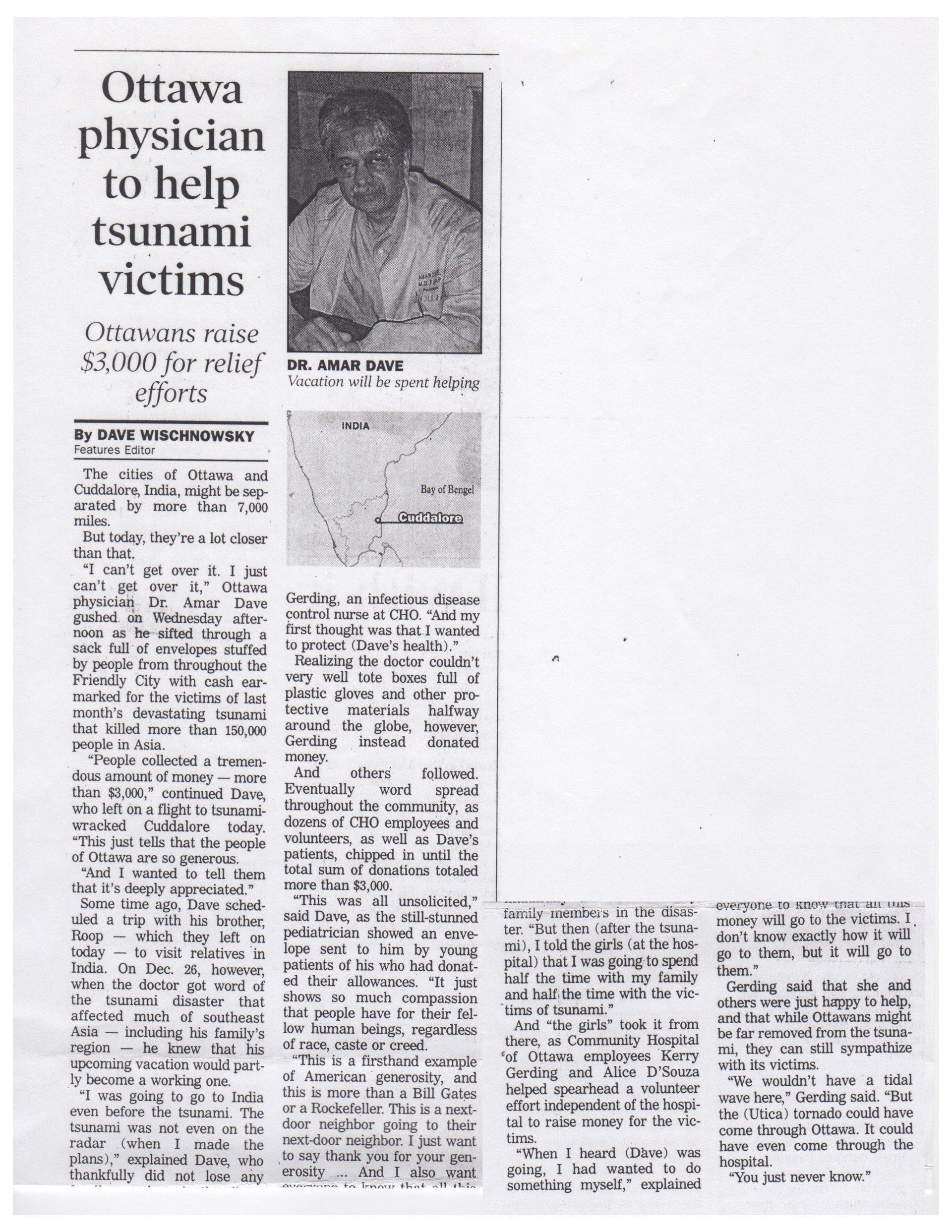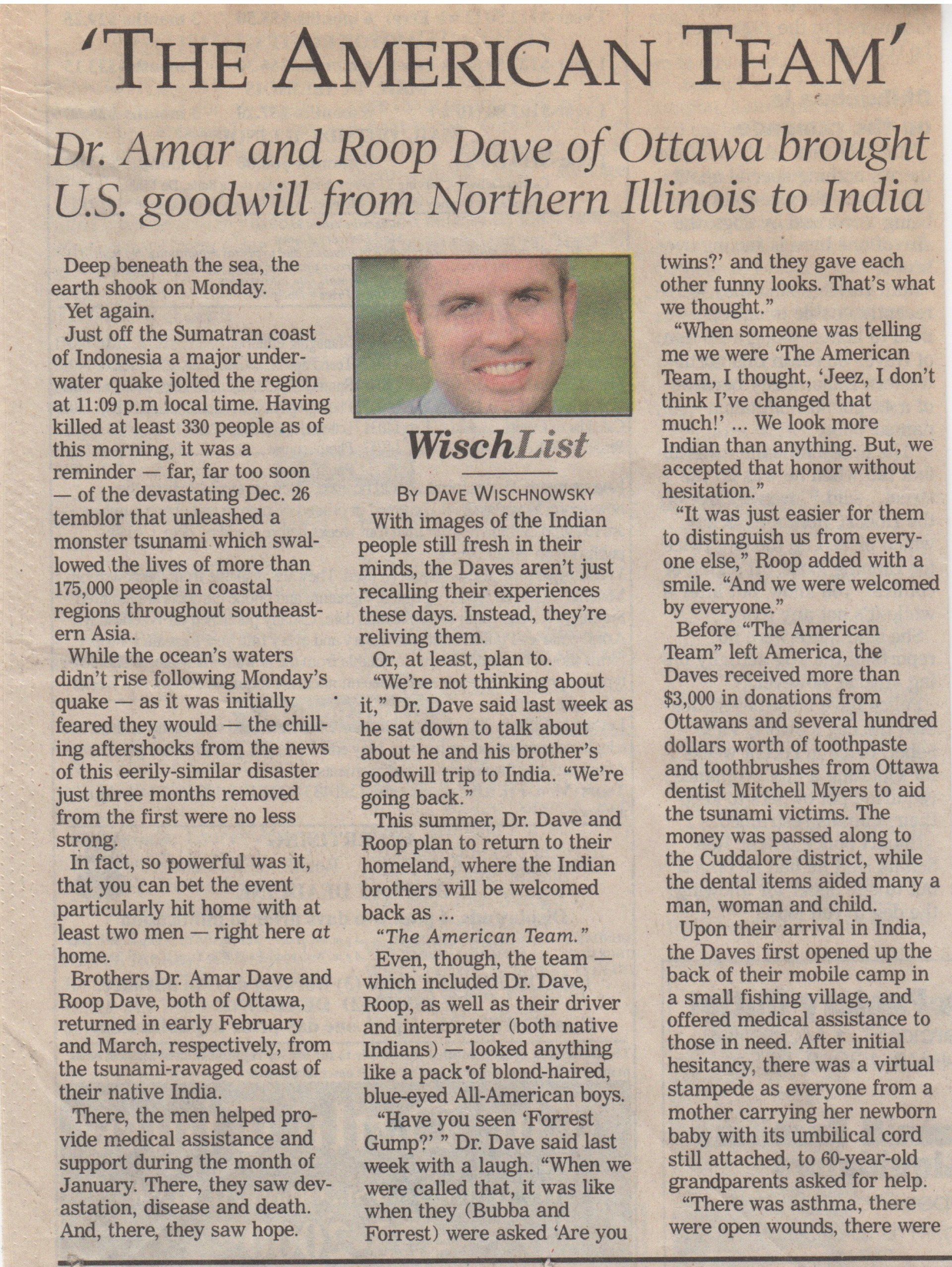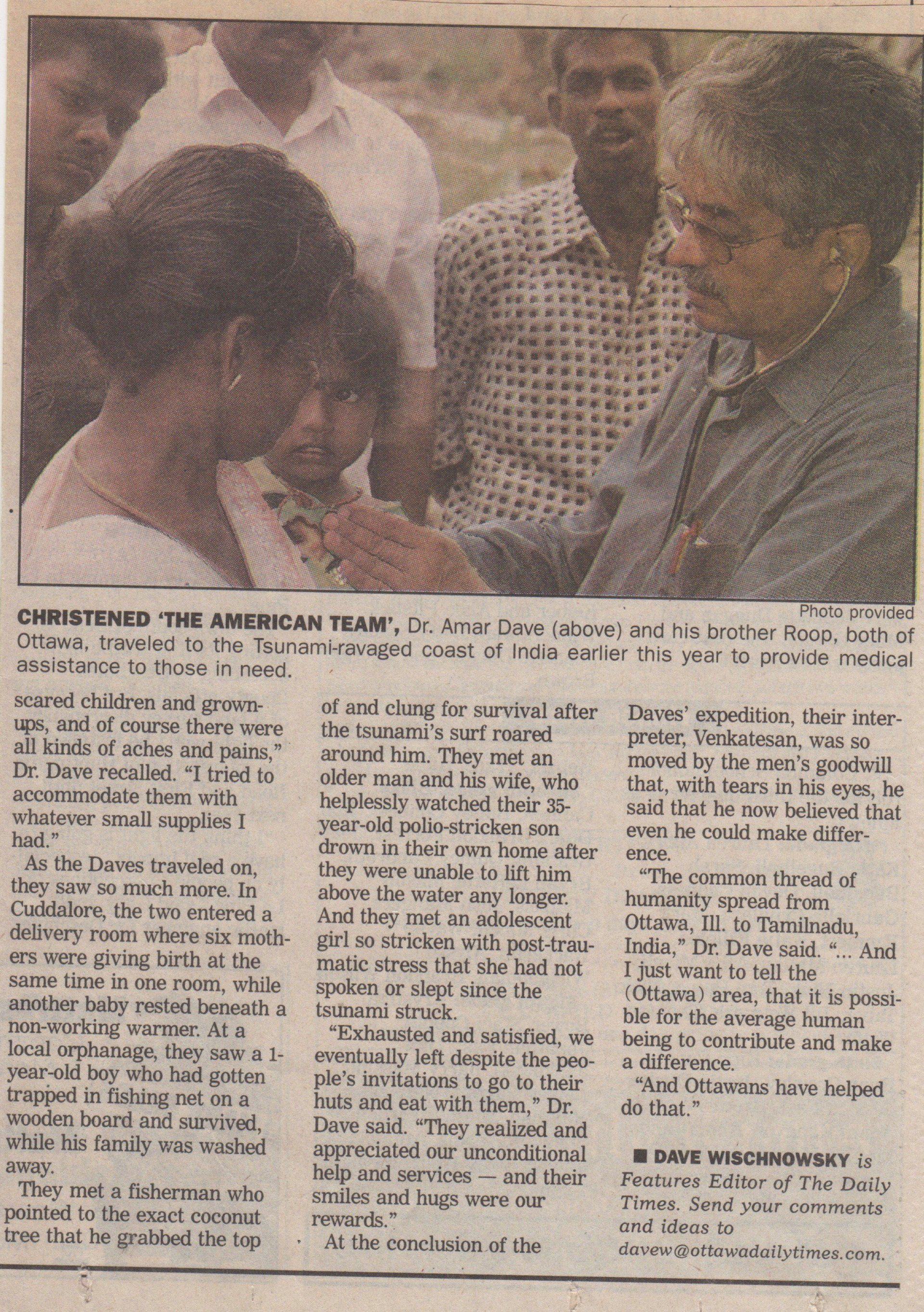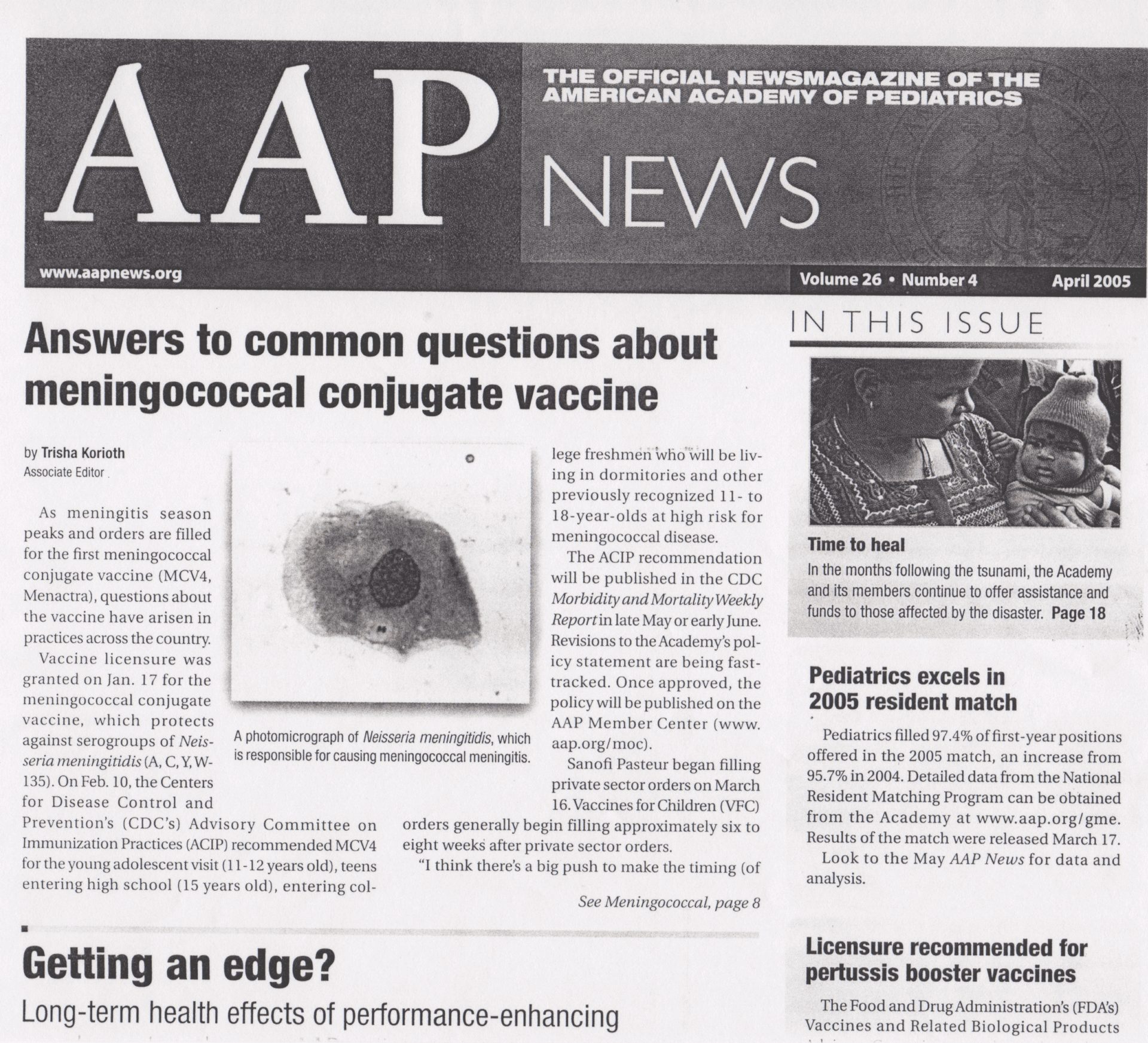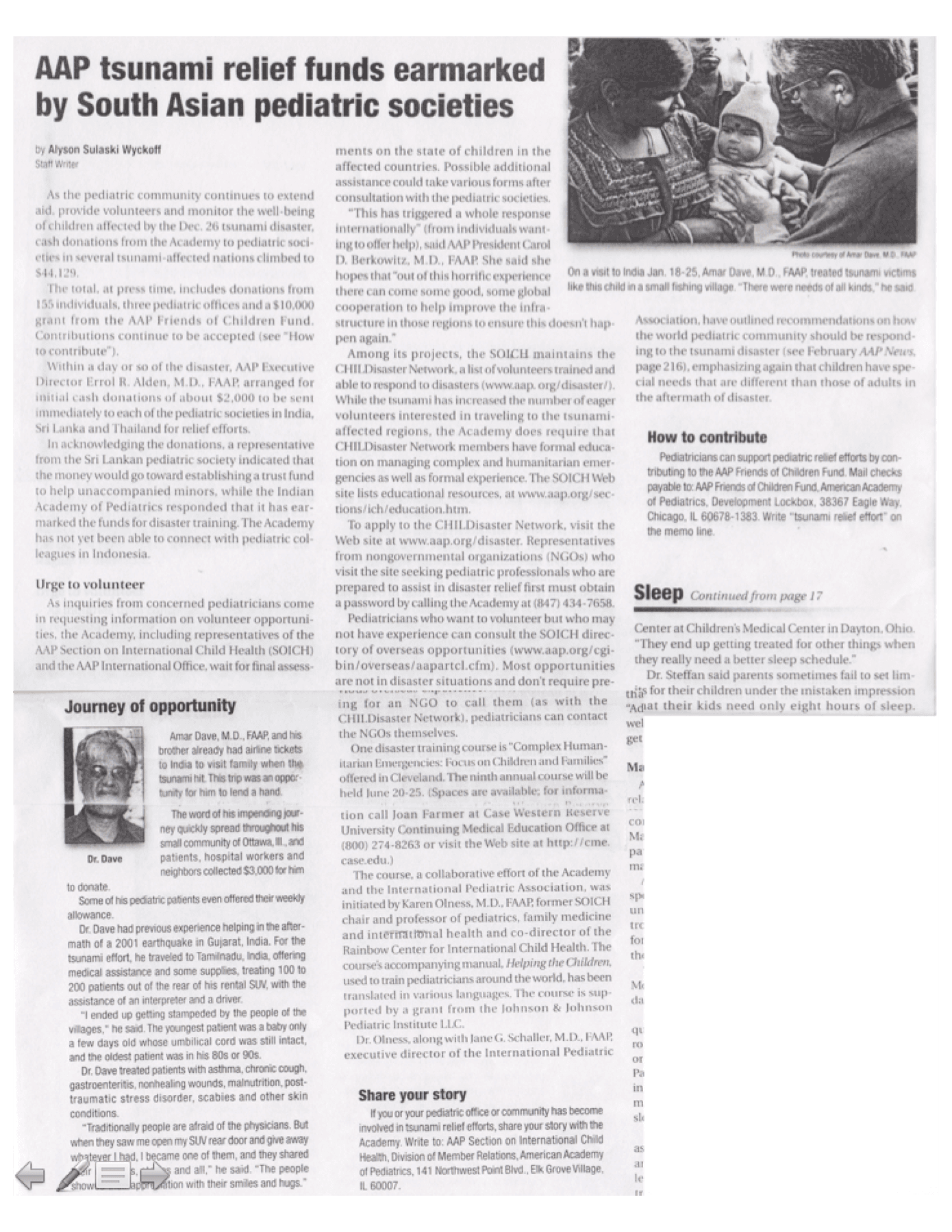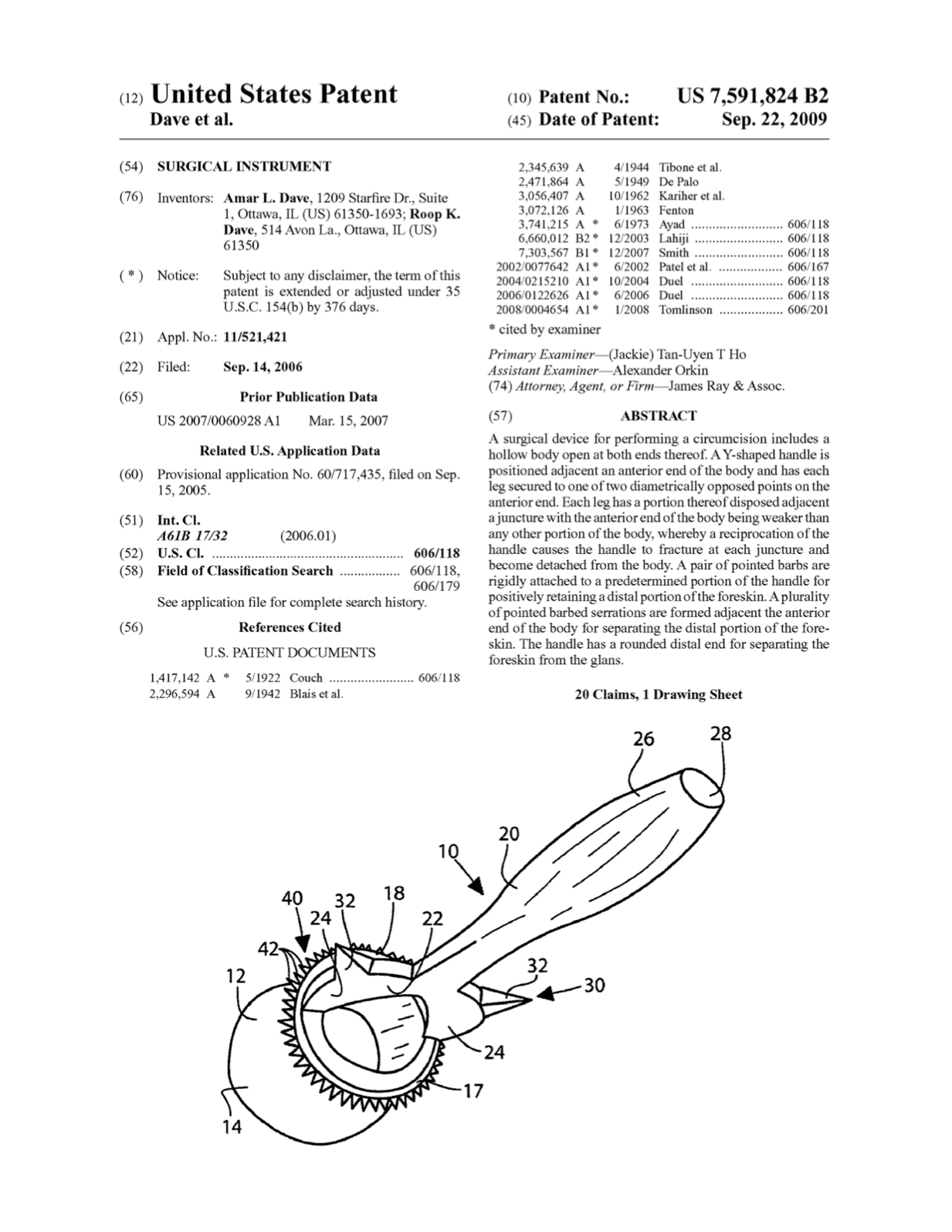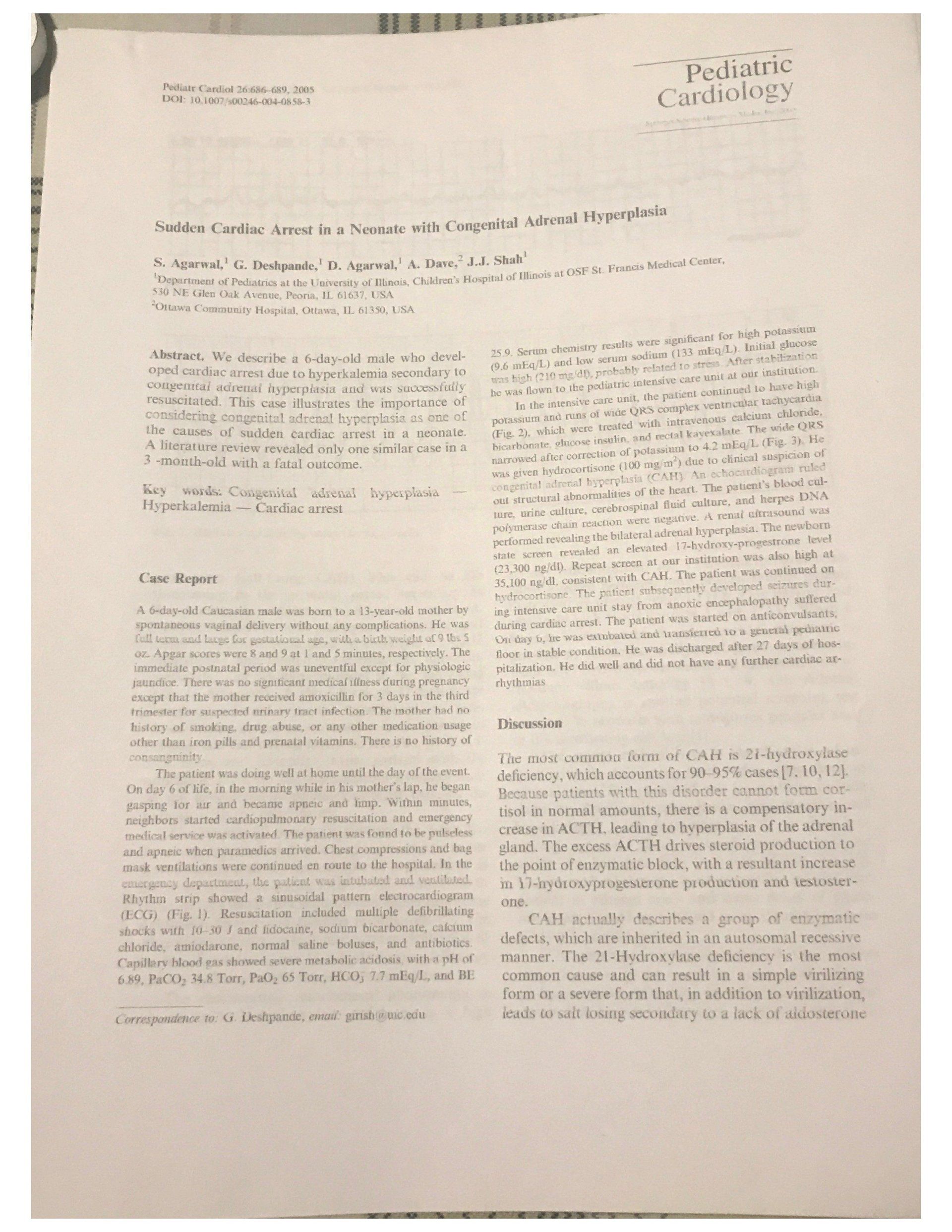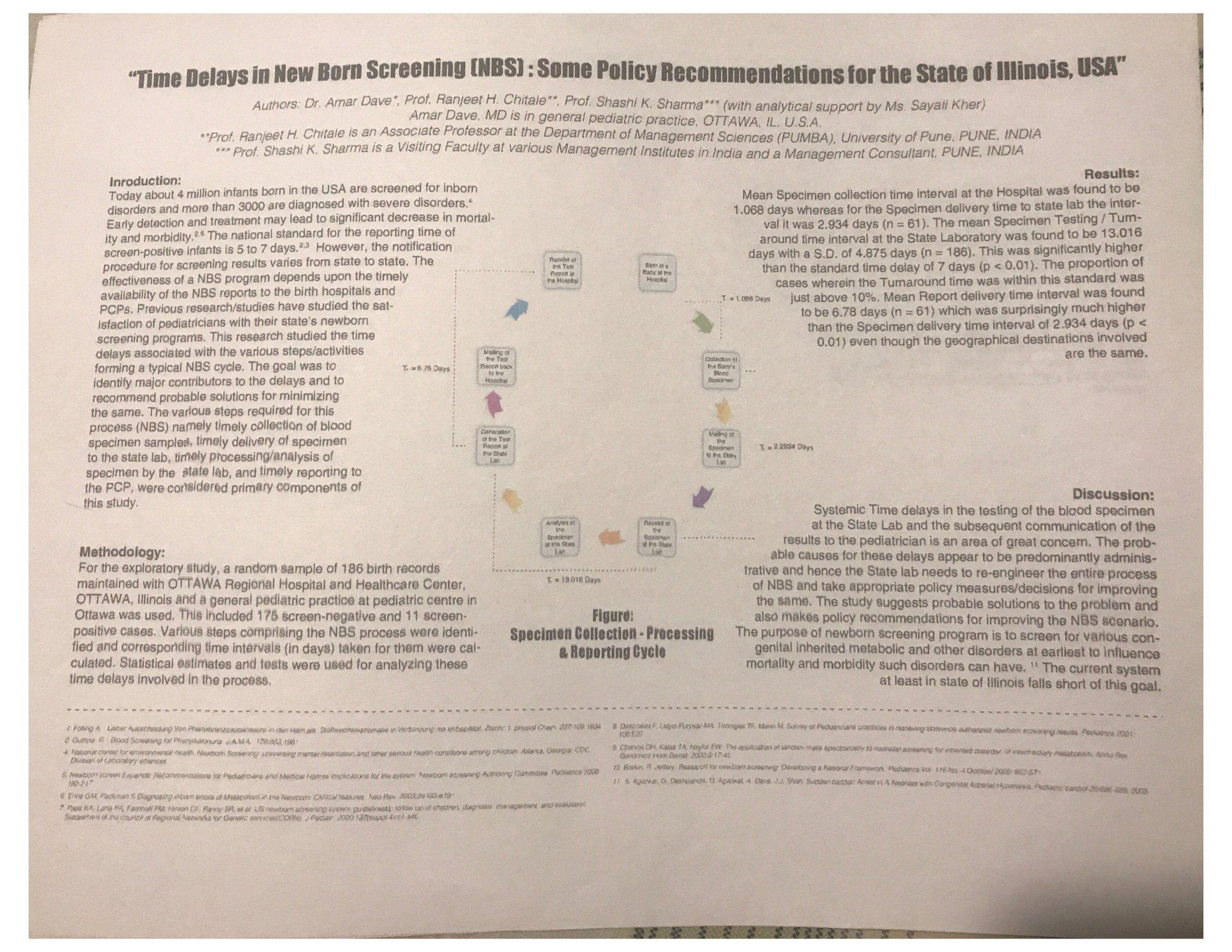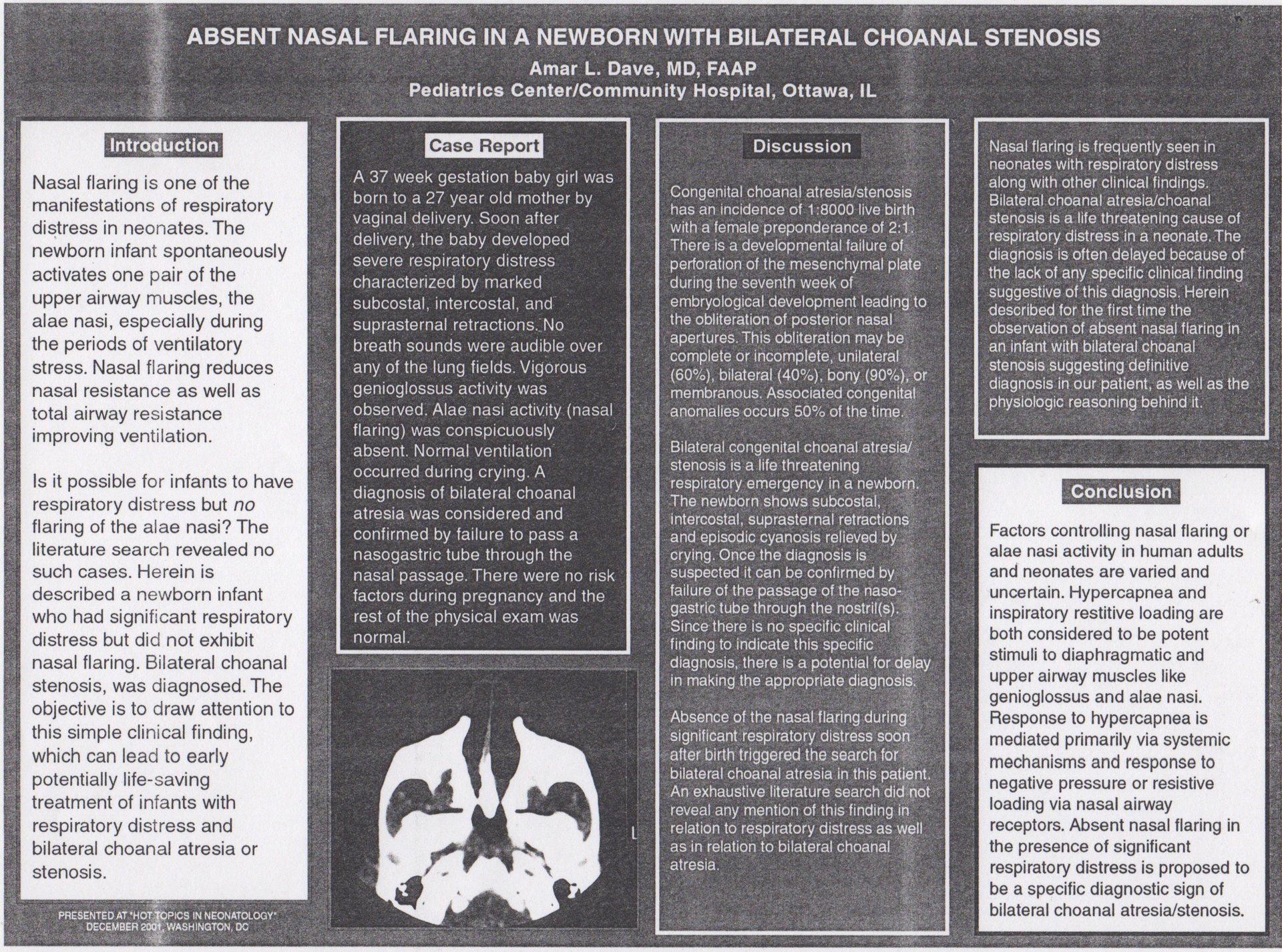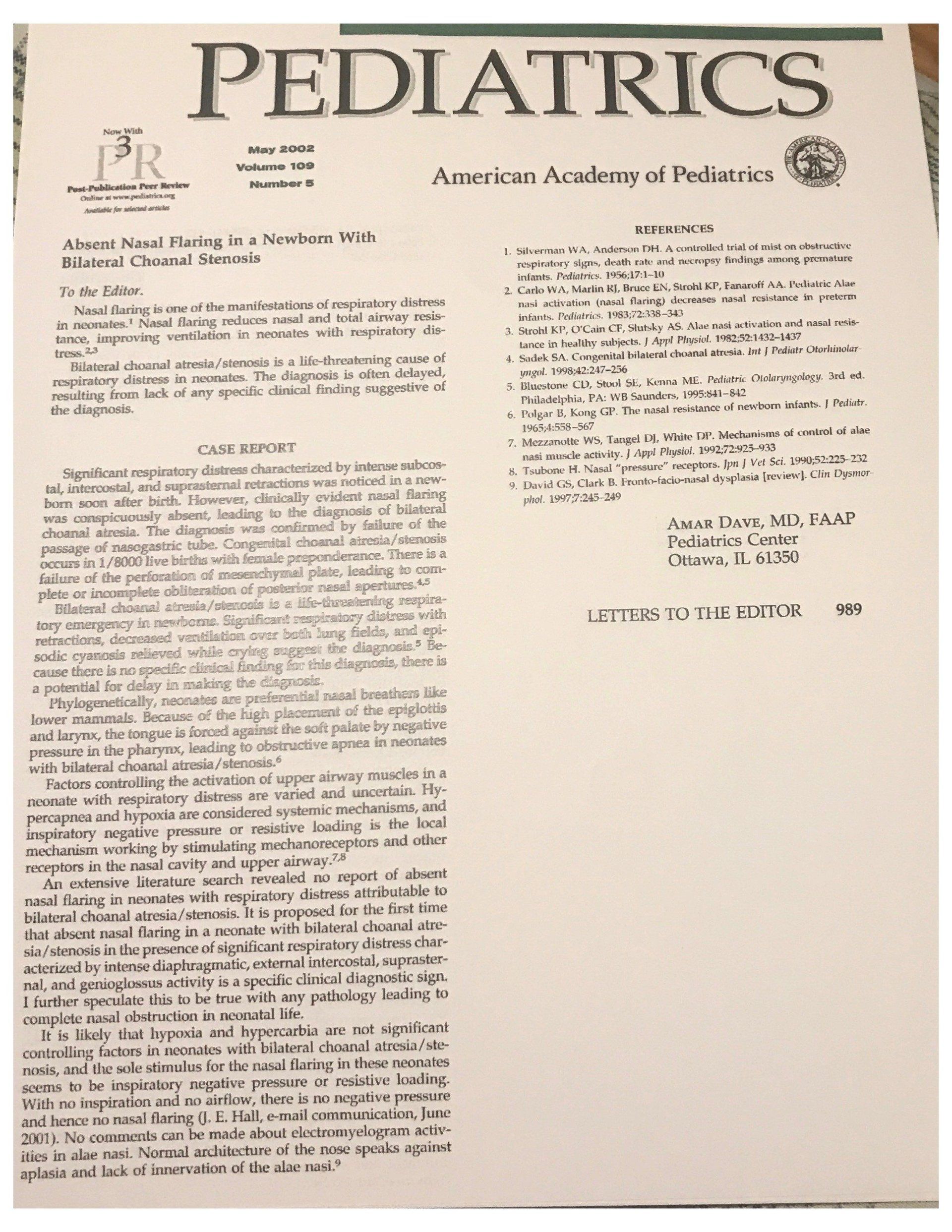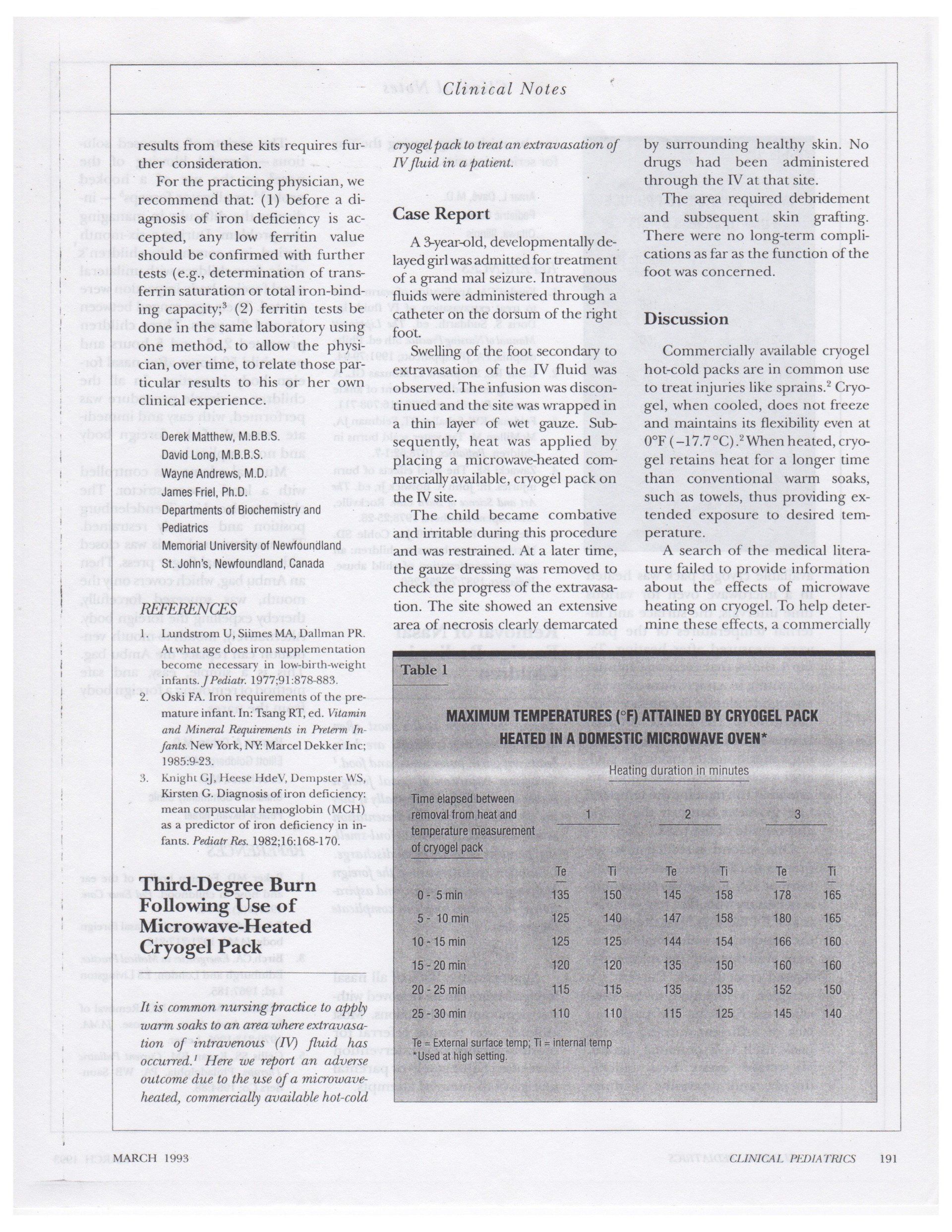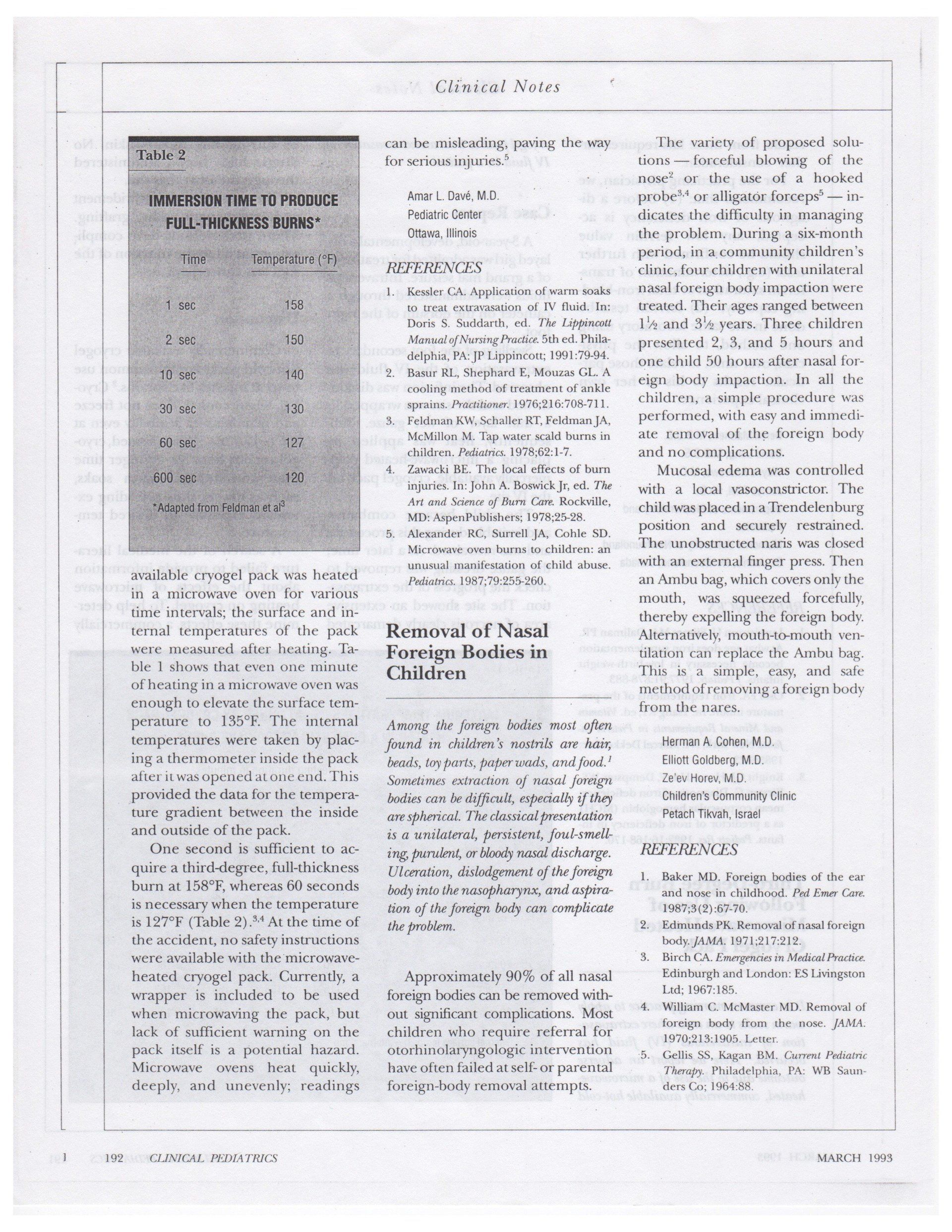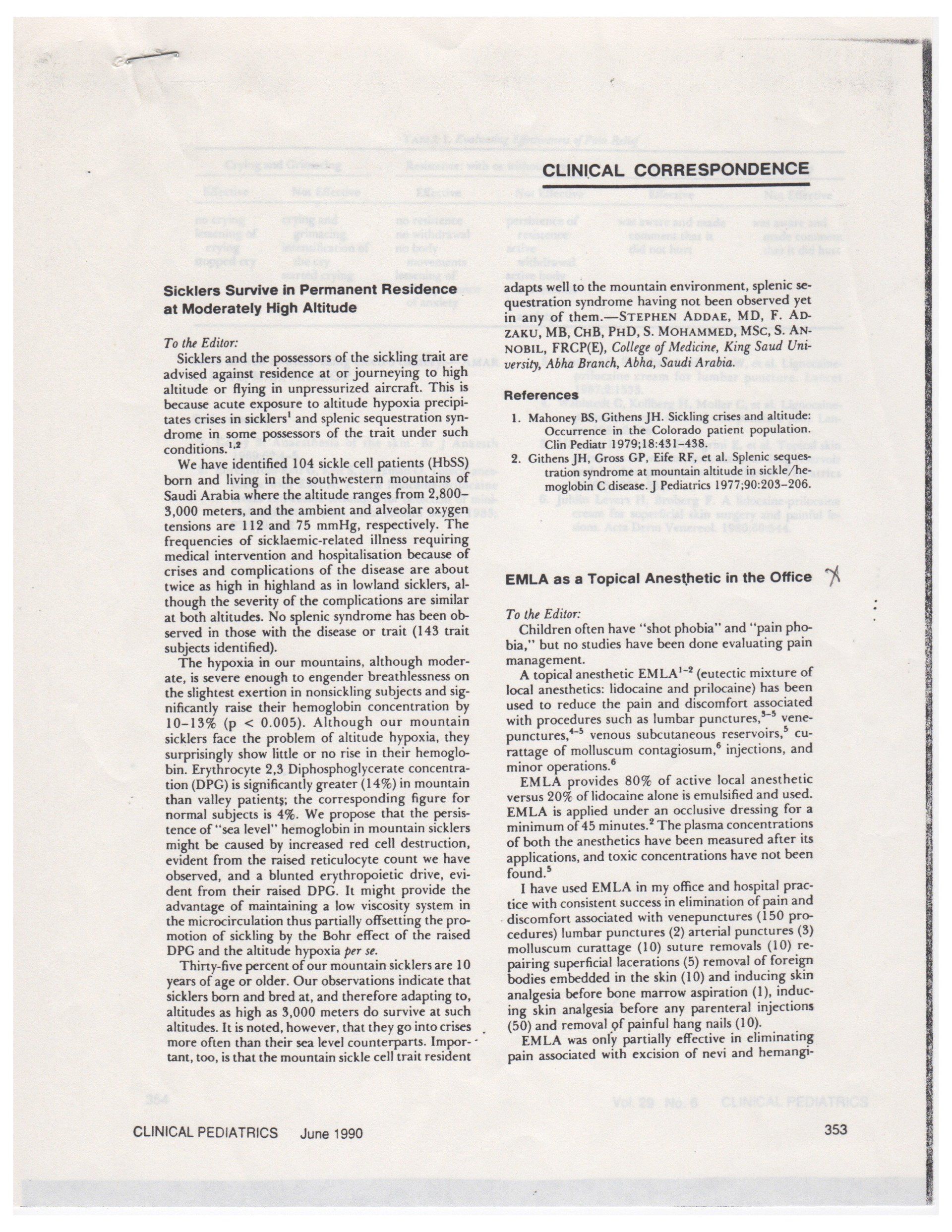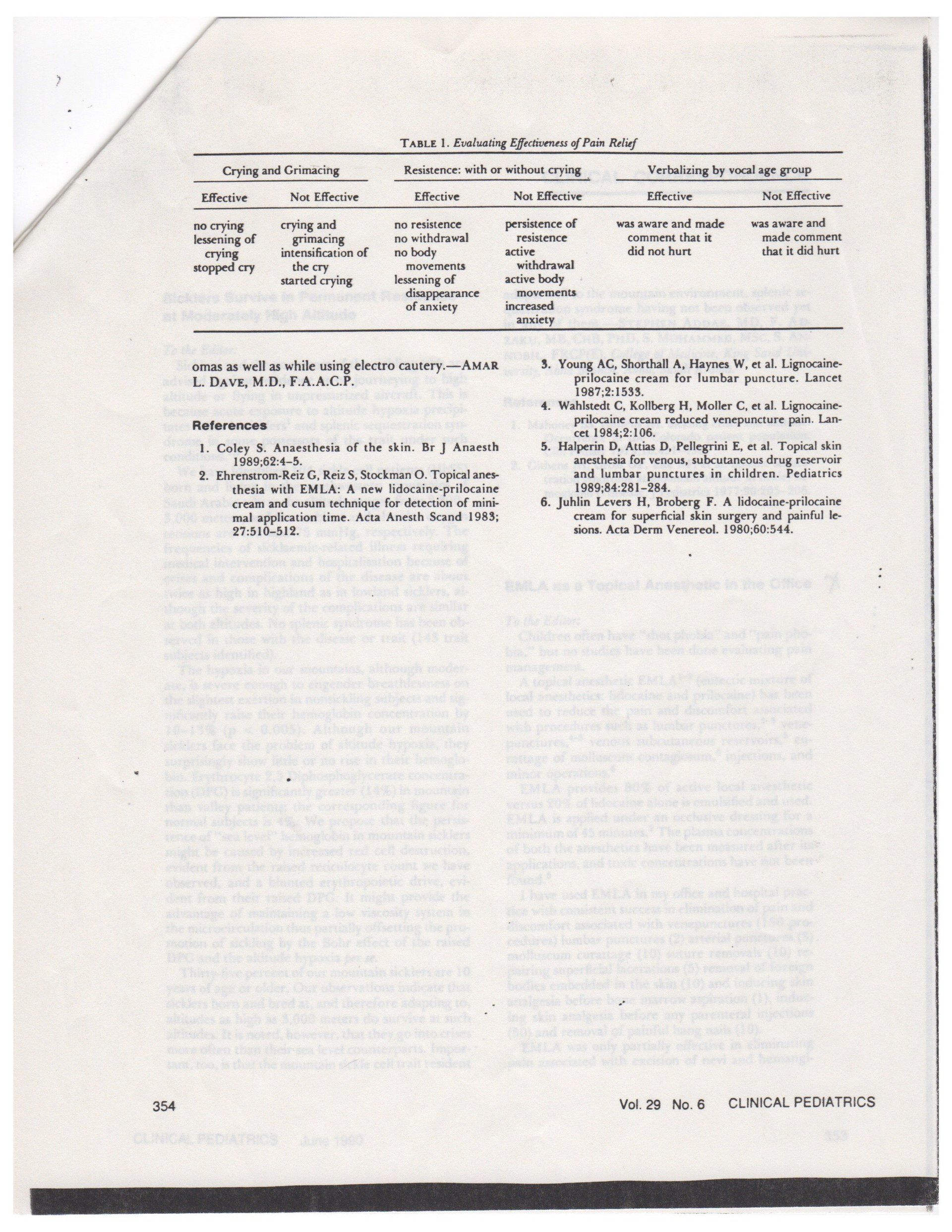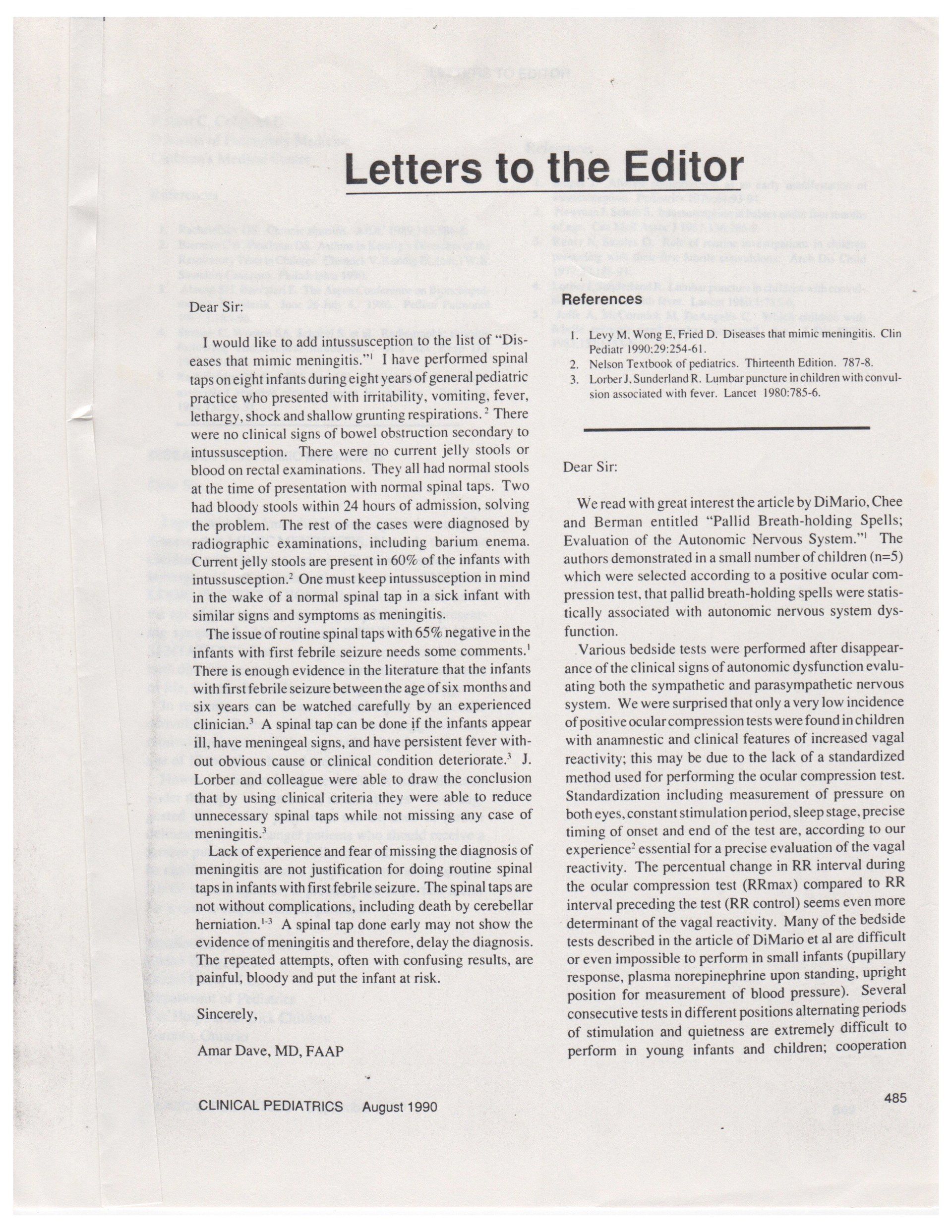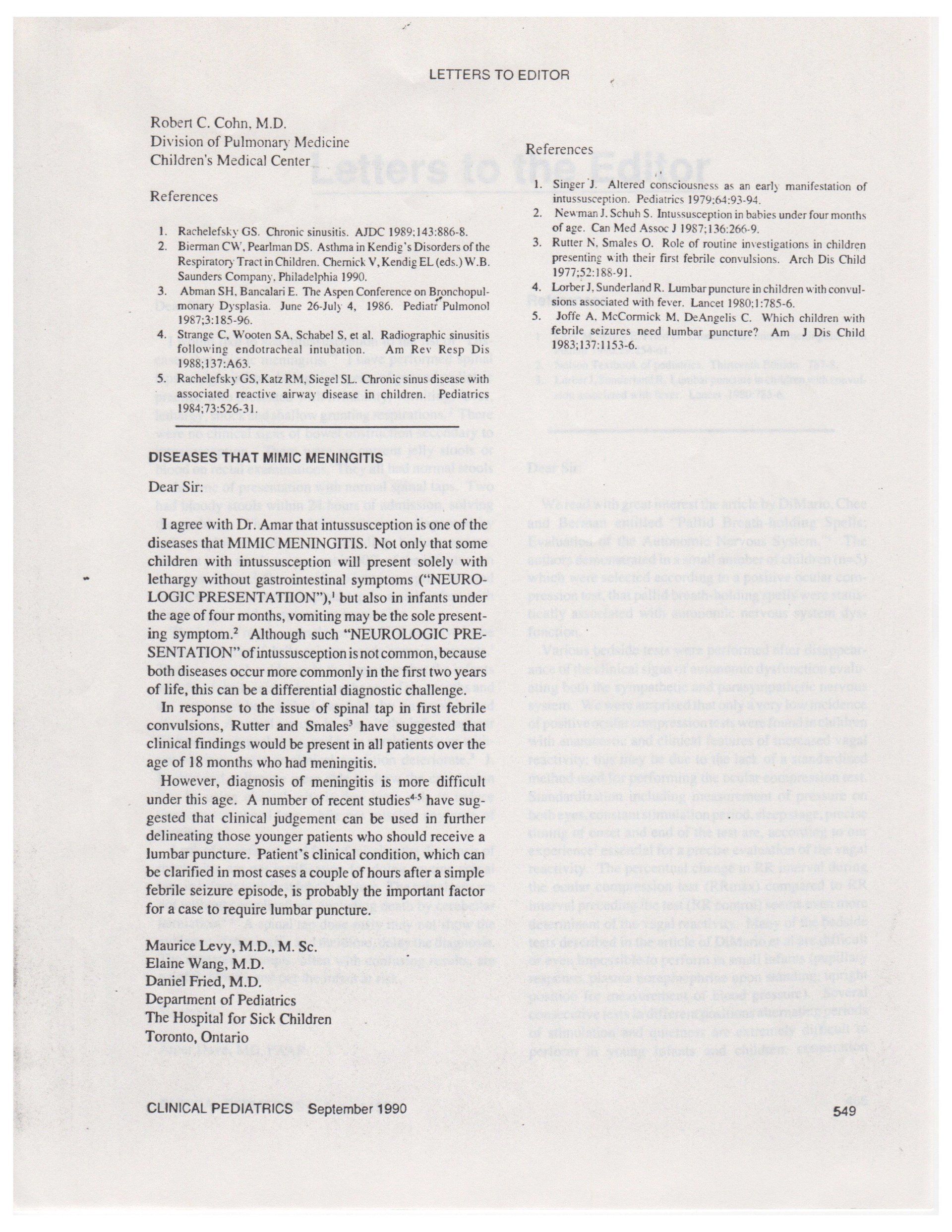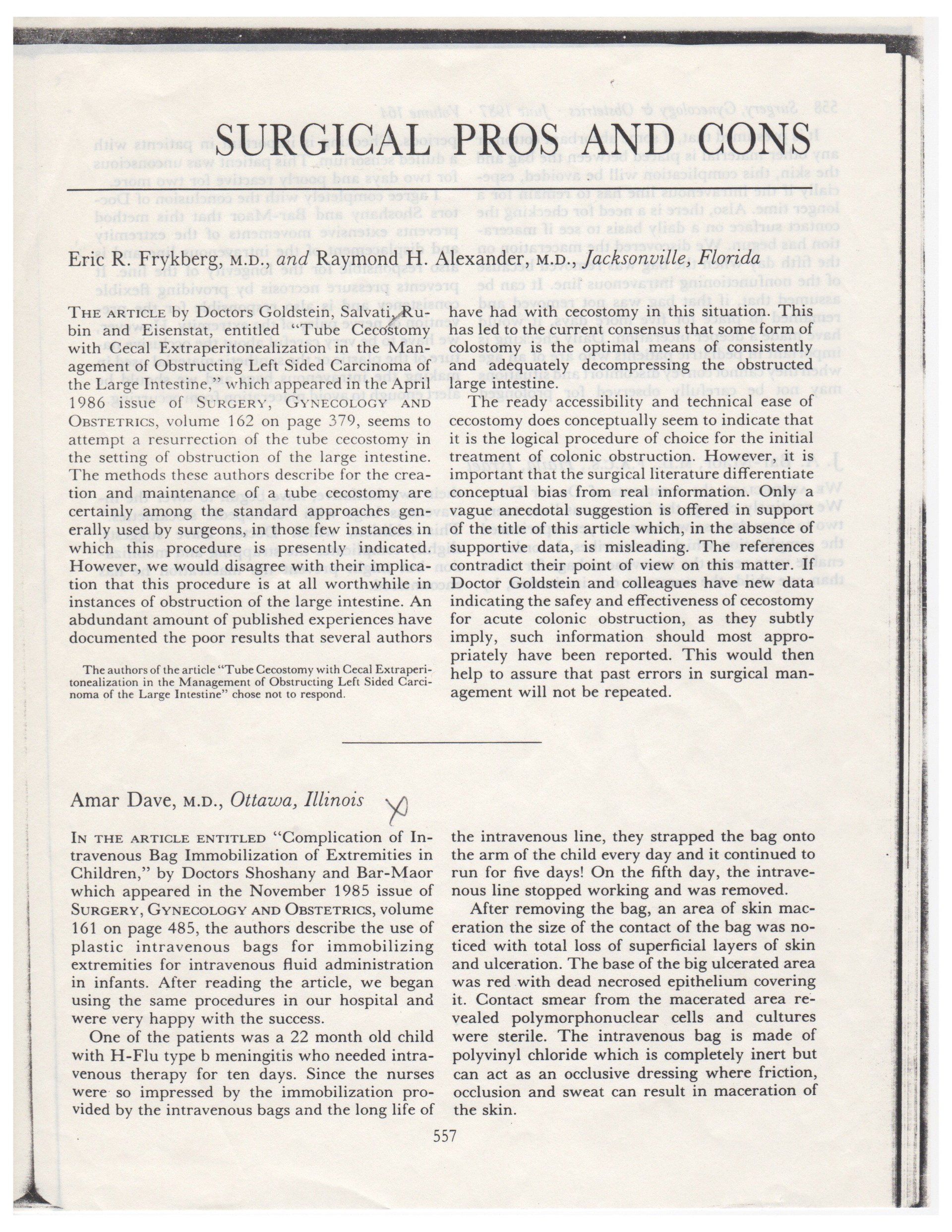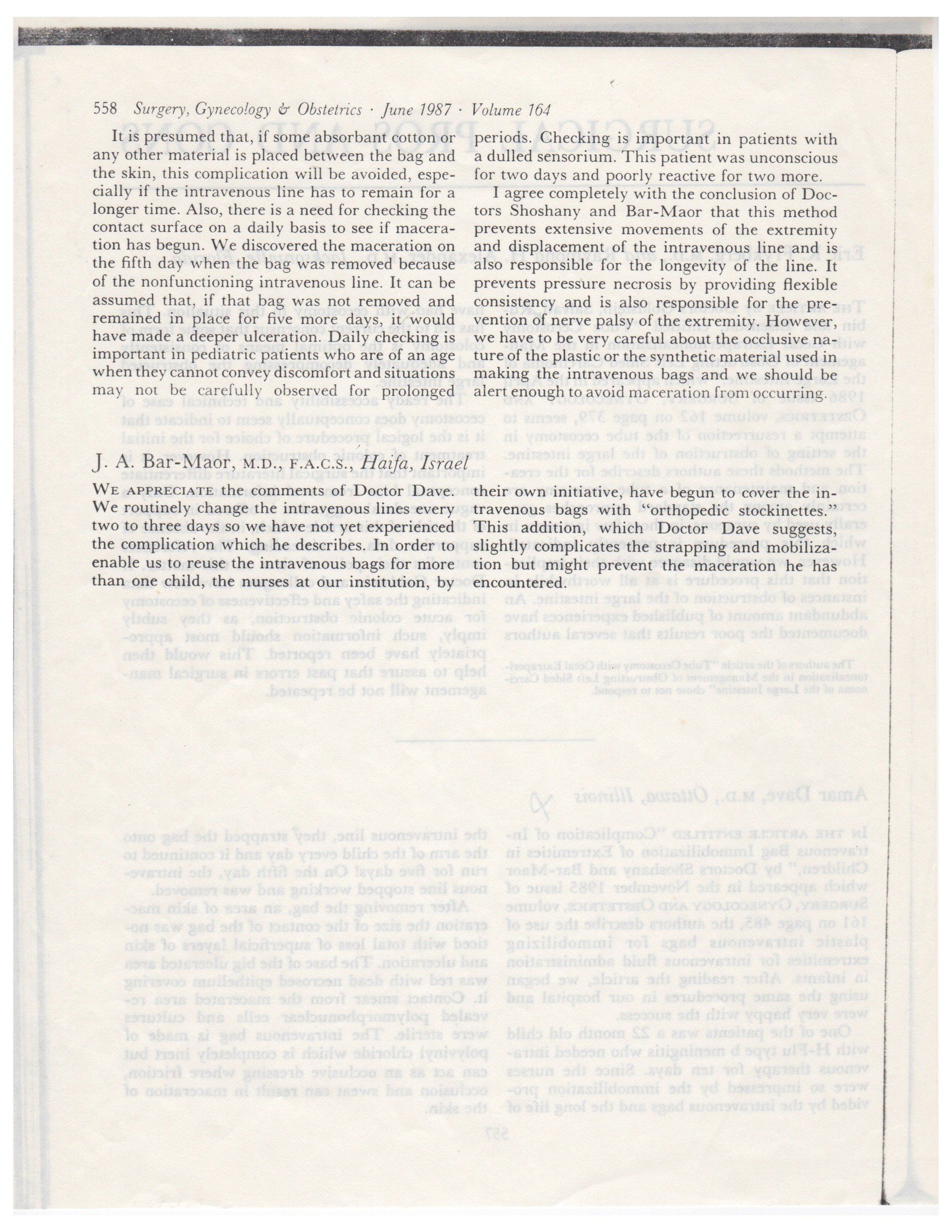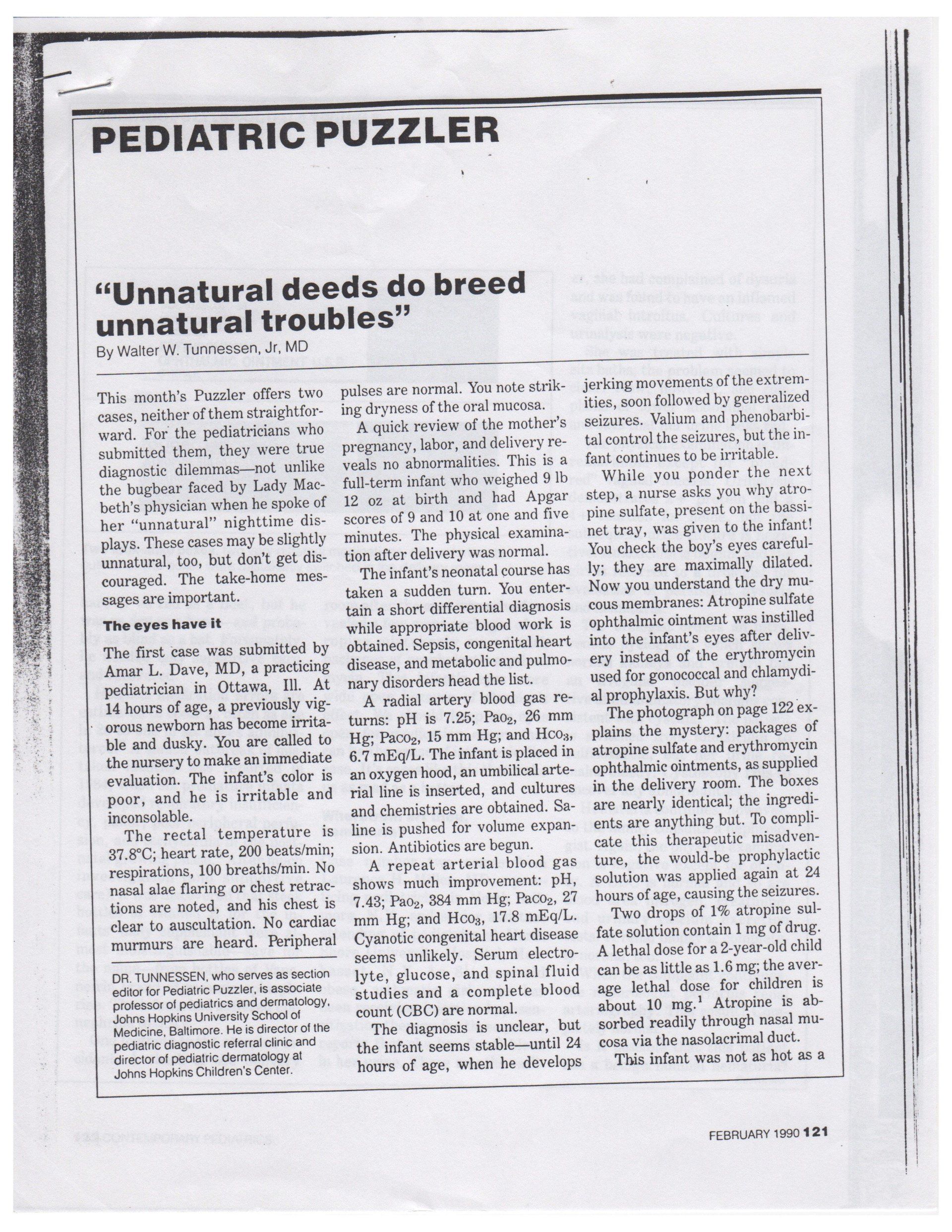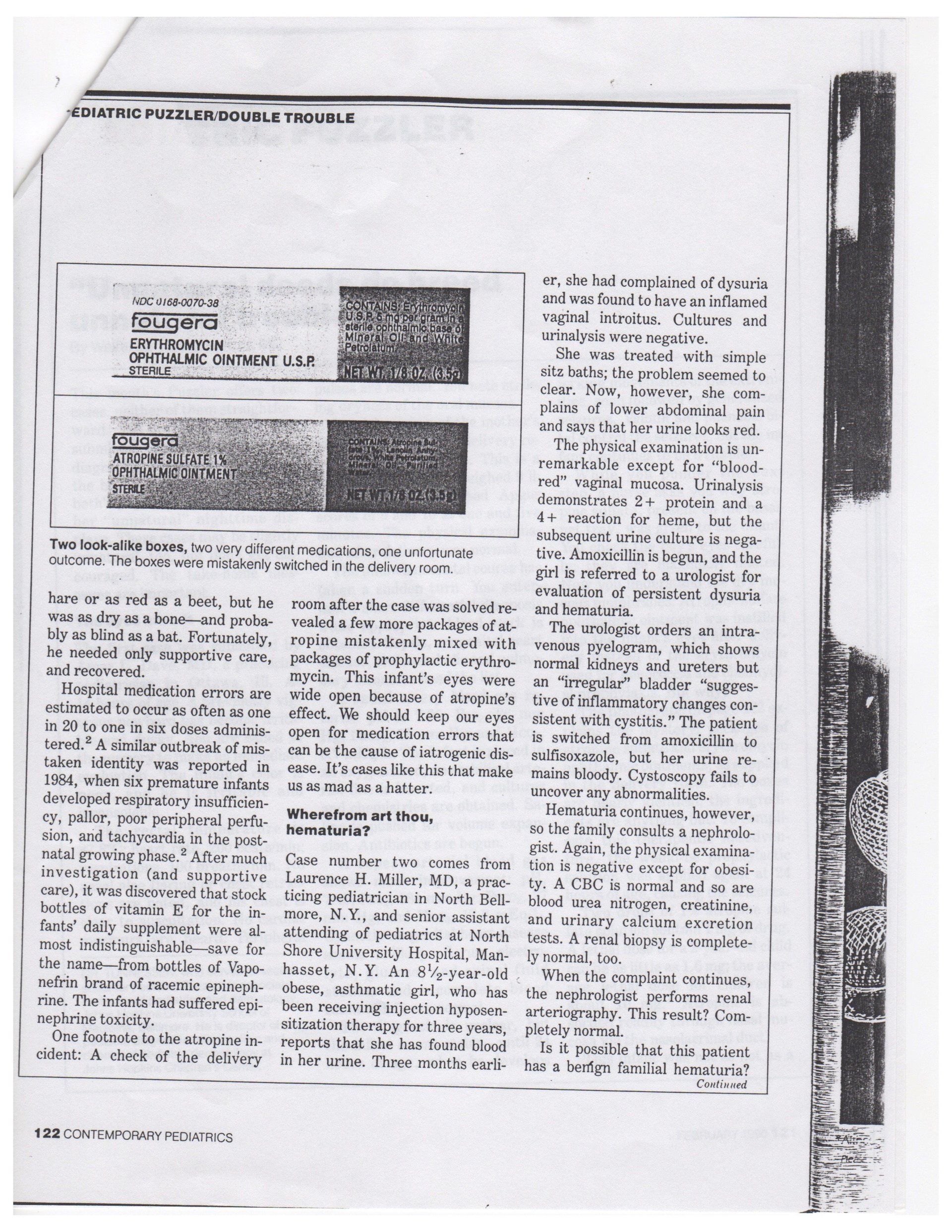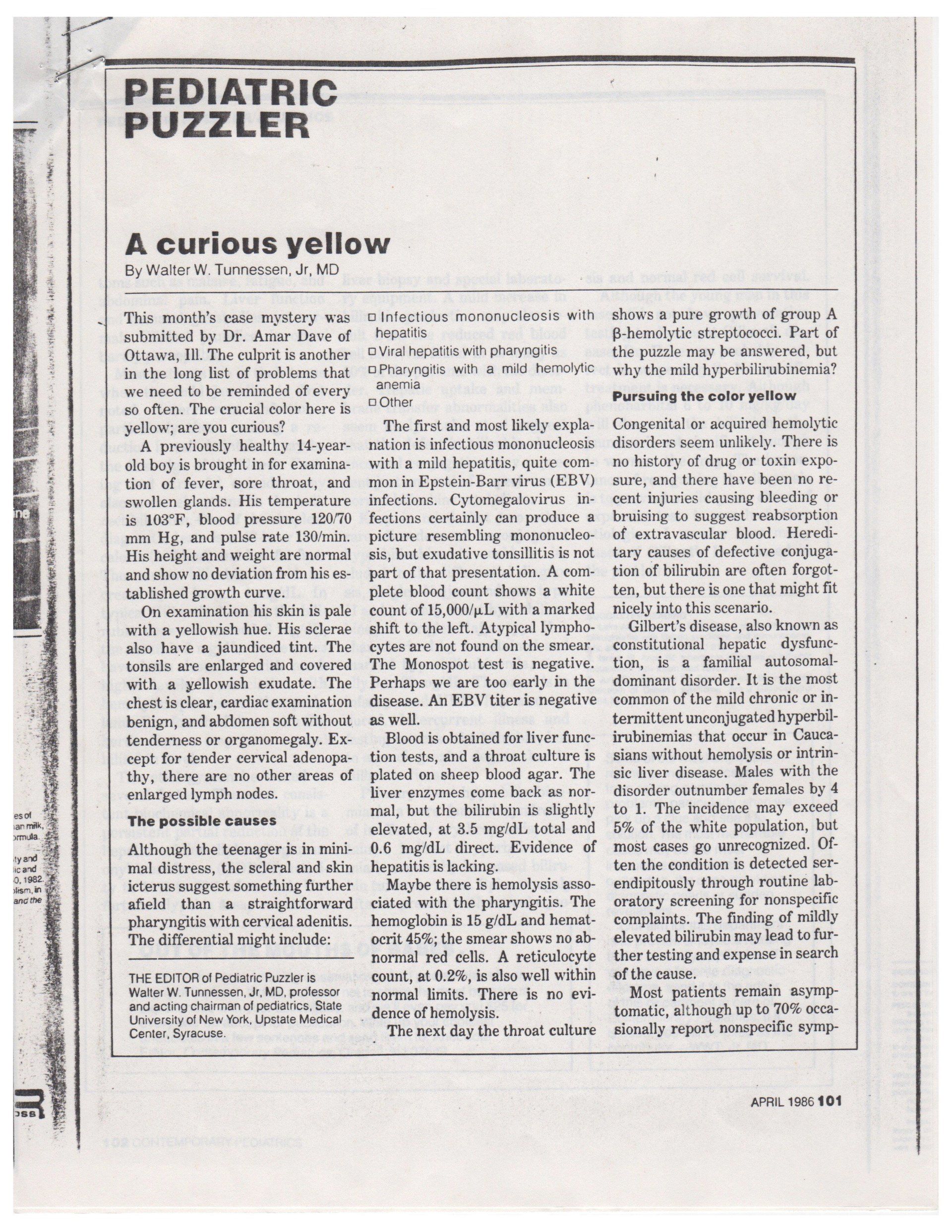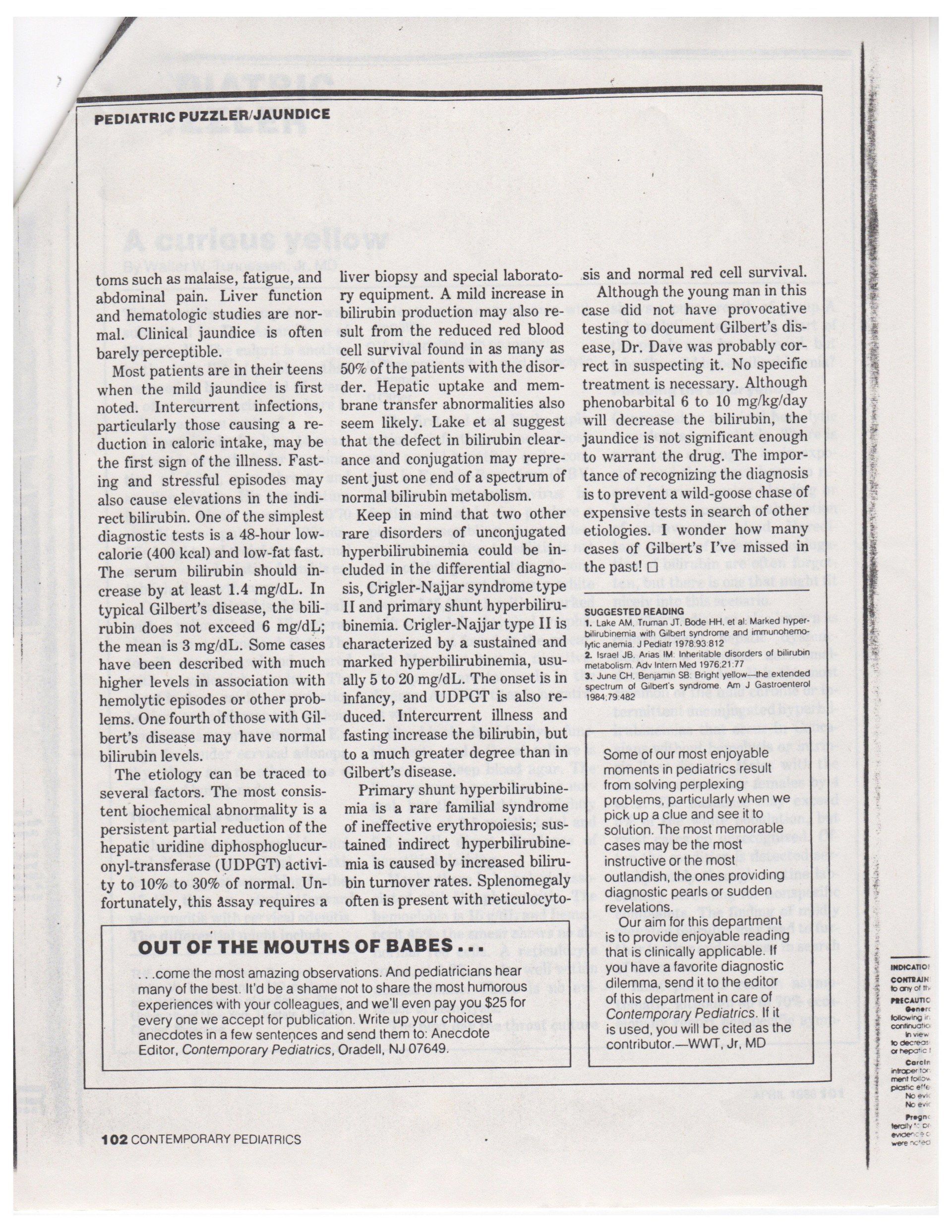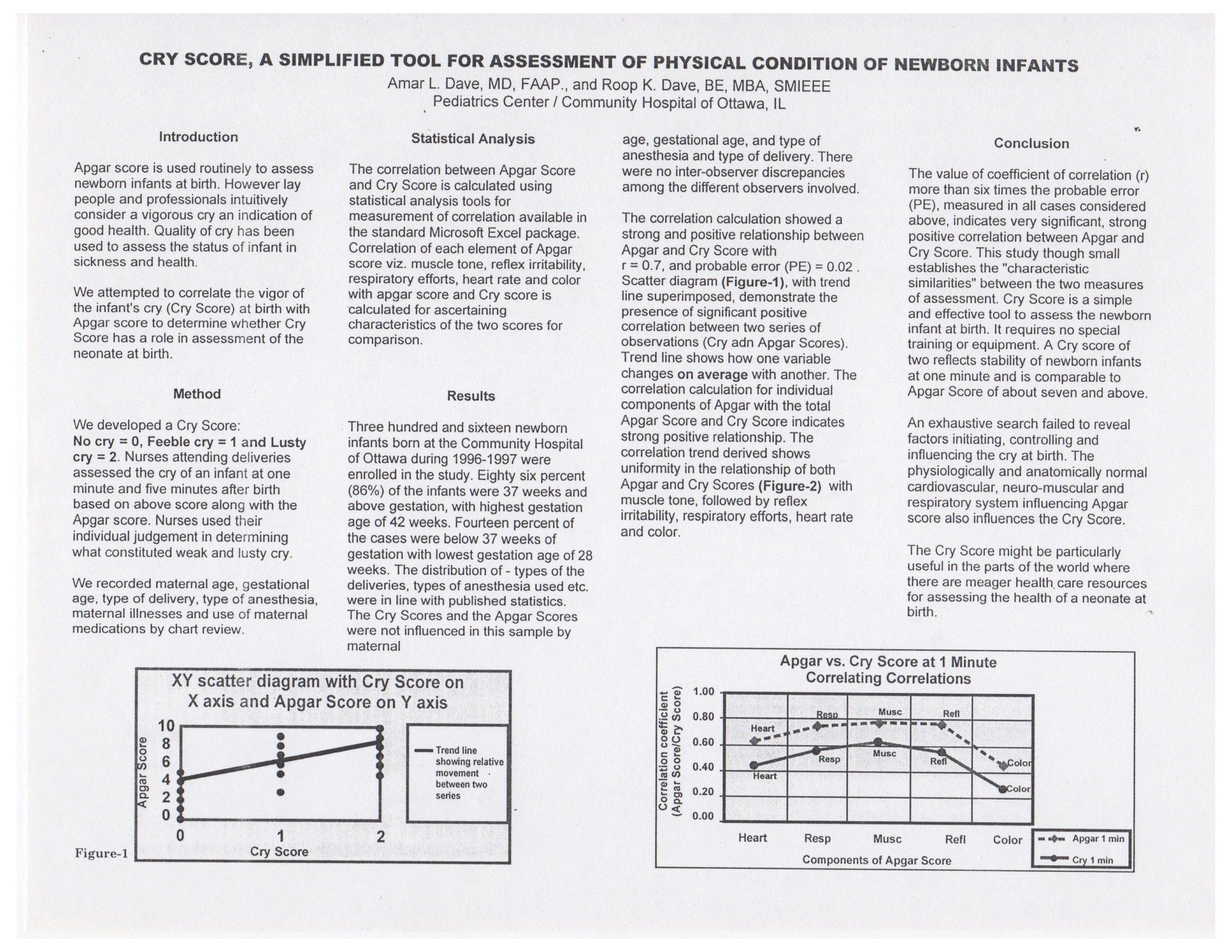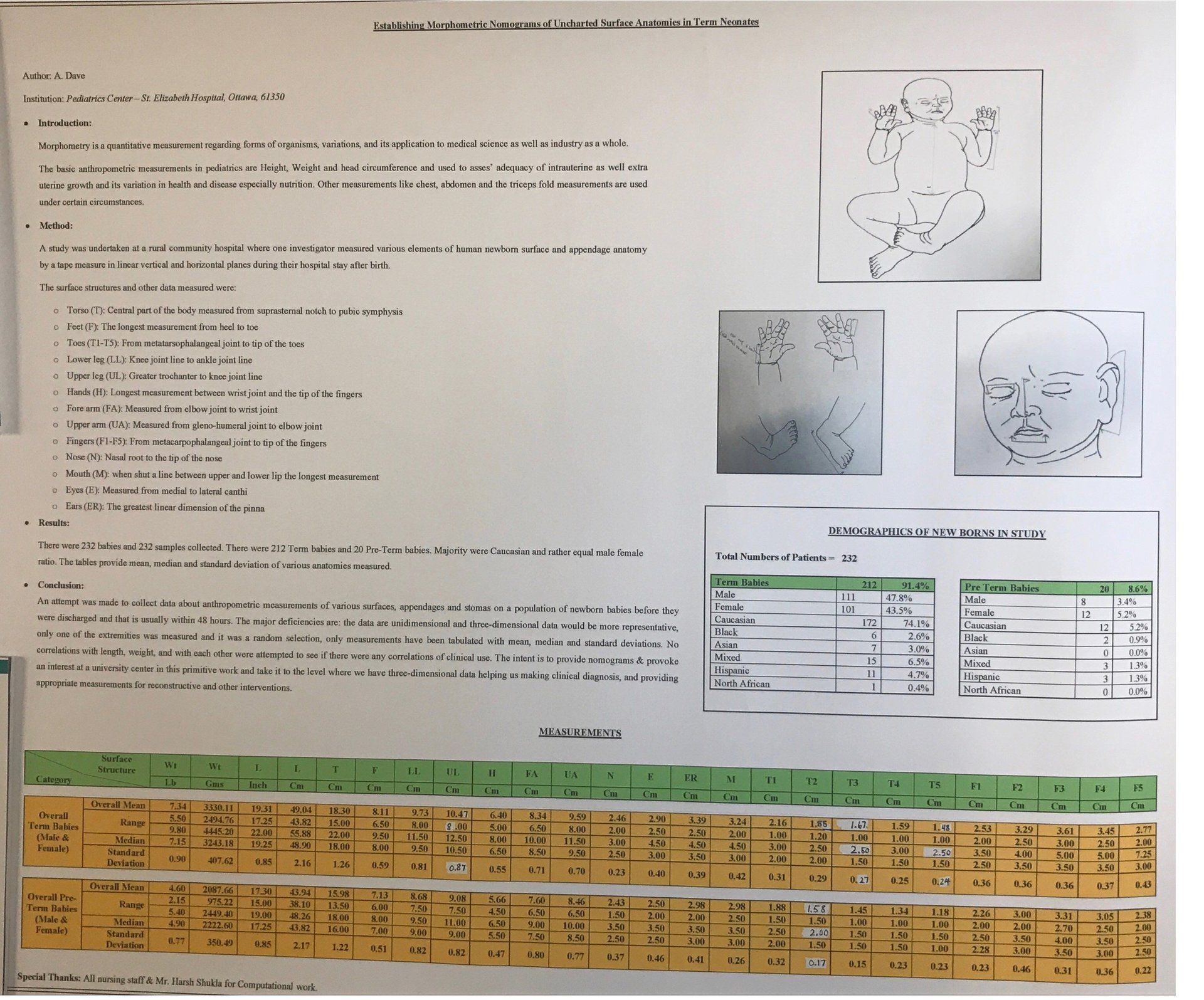
On an ongoing basis Dr. Davé has performed his own research studies, written several editorials, and presented posters at several conferences. He even maintains three of his own patents. Humanitarian efforts that Dr. Davé has actively participated in include the 2004 Indian Ocean tsunami and the 2001 earthquake in Gujarat, India. In addition, Dr. Davé held a hunger strike at the Illinois state capitol in 2013 seeking to bring light to reporting delays in obtaining results of newborn screens. The following details some of these accomplishments:
Potty Training as Easy as Clicking the Remote
Davé, A., Potty training as easy as clicking the remote. (2007). AAP News, 28(7).
Dr. Davé wrote this publication in response to an article entitled “Toilet Training 101” (May, p.16). Though written in 2007, the information remains pertinent to potty training today. Training must begin at 12-months of age or sooner. A potty chair must be in the home for the child to explore with the diaper off.
• Four step potty training guarantee by Dr. Davé:
1. Role model: Take the child to the bathroom every single time any family members goes to the bathroom
2. Ritual: Take the child to the bathroom to clean each time he or she voids or stools and place them on potty chair
3. Catching-in-Action: Upon sensing the child is going to pass stool or urine, immediately take the child to the potty chair to finish the deed
4. Physiology: Place the child on the potty after every large meal (large meals cause gastrocolic reflux aiding in digestion and propulsion), making use of normal physiologic processes
Food for thought: What age did you place your child in his or her high chair? Did they know why you placed them there? Most likely not. However as parents we habitually place the child in a high chair three or more times a day and place food in front of them. Use the same habitual rituals when it comes to toilet training.
Humanitarian Efforts
In early 2005, Dr. Davé traveled to the Bay of Bengal coast to offer and provide humanitarian medical relief to those affected. He spent five days traveling the coastline from Chennai to Karaikal witnessing the devastation first hand. During his journey he offered medical assistance to those in need. Through the generosity of the Ottawa community he was also able to deliver medical and surgical supplies, and donations collected from local community members.
Hunger Strike
November 2013 Hunger strike at state capitol for tort reform
Publications, Research and Posters
1. Sudden Cardiac Arrest in Neonate with congenital adrenal hyperplasia. Pediatric cardio 26: 686-689, 2005.
- Published: S. Agarwal, G. Deshpande, D. Agarwal, A. Davé & J.J. Shah. (2005). Sudden Cardiac Arrest in
a Neonate with Congenital Adrenal Hyperplasia. Pediatric Cardiology, 26, 686-689. doi:
10.1007/s00246-004-0858-3.
-Summary: The publication is a case review of a patient who developed cardiac arrest due to
hyperkalemia secondary to congenital adrenal hyperplasia.
2. Time delays in Newborn screening. Some Policy Recommendations for the state of Illinois.
-Presented at: Hot topics in neonatology at Washington D.C.
-Summary: This study sough to identify major contributors to the delays of reporting of newborn
screen to health care providers.
3. Absent Nasal Flaring in a Neonate with Bilateral Choanal Atresia stenosis. Pediatric May 2002, Volume 109, Number 5.
-Presented at: Hot Topics in Neonatology, December 2001; Washington D.C.
-Summary: Nasal flaring is one of the many manifestations of respiratory distress in neonates. Absent nasal flaring combined with significant respiratory distress was noted during a case reported patient that had a final diagnosis of bilateral choanal atresia. These clinical findings in this case reported patient demonstrate feasibly new diagnostic criteria when identifying bilateral choanal atresia.
4. Third Degree Burn Following Use of Microwave Heated CryoGel-Pak
-Published: Clinical Pediatrics, March 1993
-Summary: A case report of a three-year-old patient sustaining a burn injury from a microwave-heated cryogel pack demonstrated a gap in the knowledge regarding the safety of these hot-cold packs. Using a microwave oven and thermometer Dr. Davé demonstrated how microwave heated cryogel packs r each temperatures capable of sustaining burn injuries.
5. EMLA a Topical Anesthetic in Office.
-Published: Clinical Pediatrics, June 1990.
-Summary: In office a topical anesthetic EMLA, can be utilized in an outpatient setting to minimize the
pain associated with outpatient procedures and immunizations .
6. Disease that Mimic Meningitis.
-Published: Letters to Editor in Clinical Pediatrics,1990
-Summary: Many years of pediatric experience have led Dr. Davé to add intussusception to a list of
differential diagnosis when suspecting meningitis.
7. Use of intravenous bag for immobilizing extremities in children. Surgical Pros and Cons – surgery, gynecology and obstetrics. June 1987, volume 164.
-Published: Surgery, Gynecology & Obstetrics, June 1987, Volume 164.
-Summary: Unused intravenous fluid bags were once used to immobilize a patient’s extremity to
maintain patent intravenous access. Utilizing this method of immobilization lead to case report of skin
break down on a 22-mont-old child that was hospitalized for H-Flu type b meningitis.
8. Pediatric Puzzler: Unnatural Deeds Do Breed Unnatural Troubles
-Published: Contemporary Pediatrics, February 1990
-Summary: A puzzling diagnosis in a neonate is a steadfast reminder that medication errors can and do
happen within health care institutions.
9. Pediatric Puzzler: A Curious Yellow
-Published: Contemporary Pediatrics. April 1986
-Summary: A 14-year boy is brought to the office for an illness consisting of sore throat, fever, and
swollen glands. In addition, his skin holds a yellowish hue and the sclera are mildly icterus.
10. Cry Score, A Simplified Tool For Assessment Of Physical Condition of Newborn Infants
- Presented at: Hot Topics in Washington D.C.
- Summary: A new tool, Cry Score, was created and developed by Dr. Davé as a means to quickly
assess the physical condition of a newborn infant. In a small scale study the Cry Score tool was compared to the routinely used APGAR scores at birth. Results demonstrated significant, positive
correlation between APGAR and Cry Score tool.
11. Establishing Morphometric Nomograms of Uncharted Surface Anatomies in Term Neonates was presented in Hot Topics in Washington D.C. 2016
-Summary: A study was undertaken to investigate the various measurements of the human newborn
surface and appendage anatomy by use of measuring tape. Measurements were of horizontal
and vertical planes were assessed after birth during the infant’s hospital stay.

